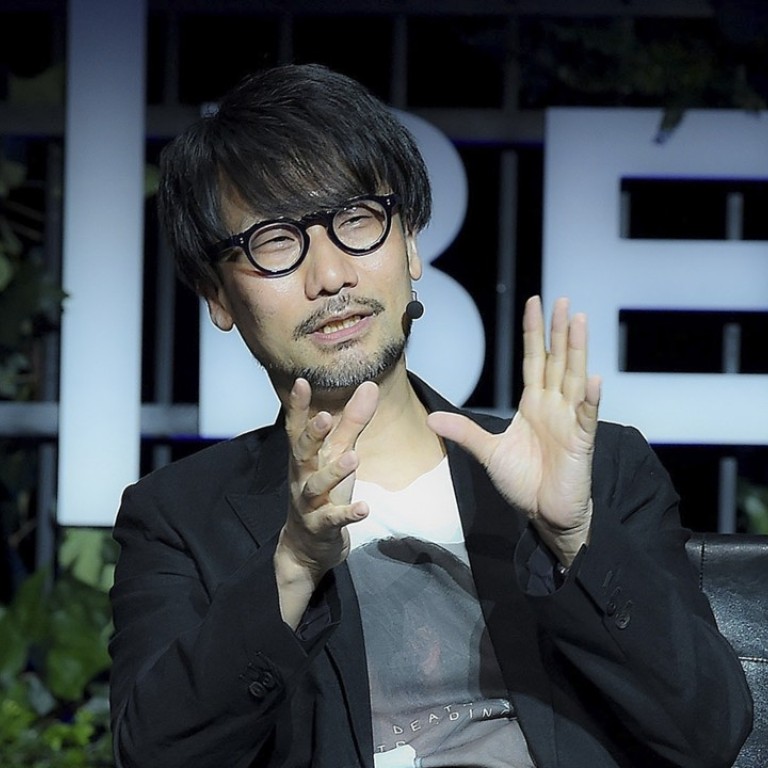
The future of gaming – what do Hideo Kojima, Doug Liman and Kiki Wolfkill think? Our Tribeca Games Festival round-up
Metal Gear producer Kojima talks about VR and the difficulties of telling deeply meaningful stories through interactive media, at an event featuring film and gaming luminaries including Brett Leonard, Sam Lake and Neil Burger
What will games look like in the future? According to a series of panels at the inaugural edition of the Tribeca Games Festival, a forward-looking adjunct to the Tribeca Film Festival, games will become more interactive and immersive and have more realistic characters, broader storylines, and a deeper sense of place and location.
“All media is a continuum to this point,” said Brett Leonard, director of the prophetic 1992 virtual reality film The Lawnmower Man, at a games panel to discuss the film’s legacy to the gaming and entertainment VR industry.
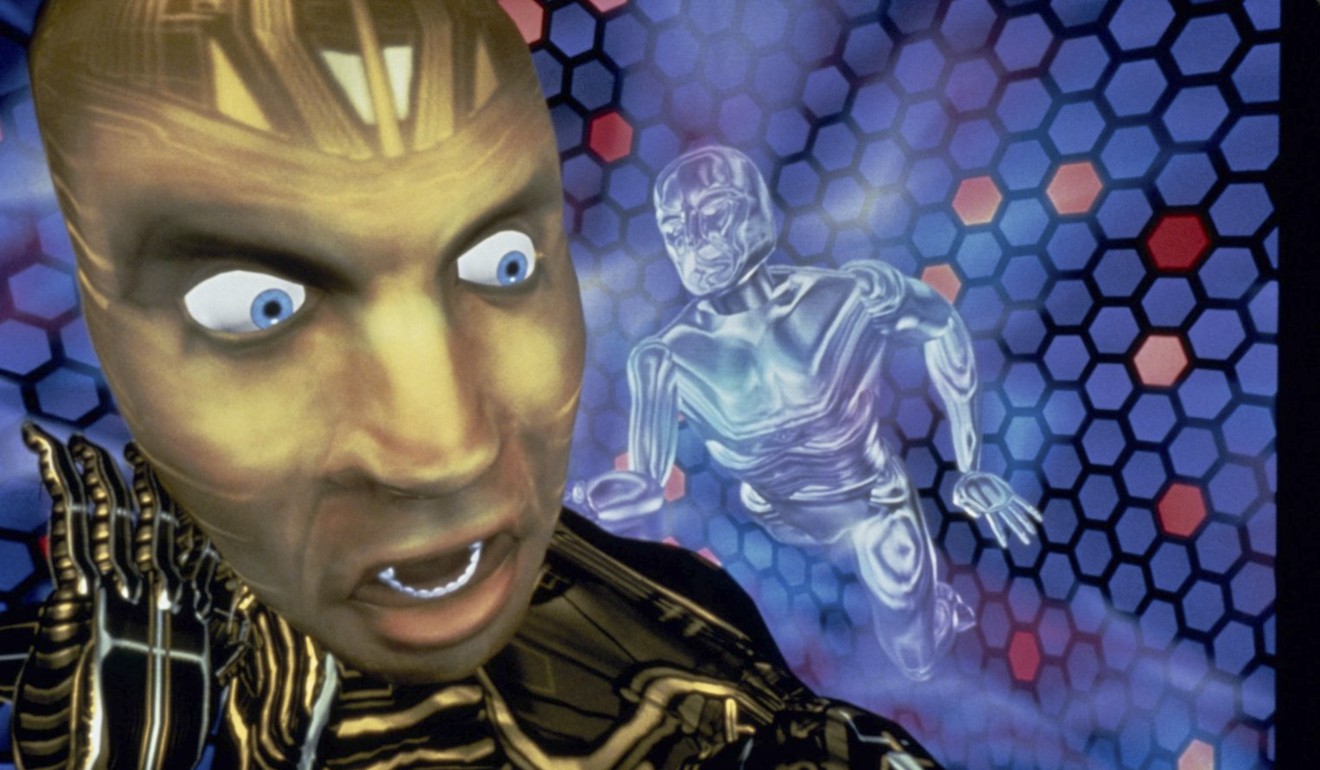
The event, which also featured a keynote speech by legendary Japanese games developer and film buff Hideo Kojima, took place last month in downtown New York.
The past few years have seen more crossovers between the video game and film industries: game titles have been adapted for the big screen (Assassin’s Creed and Warcraft) and vice versa (The Amazing Spider-Man and The Lego Movie), while more and more actors are lending their voices to characters in popular game franchises. Meanwhile, with VR technology becoming more advanced, the format is being seen as one that will enable a comfortable collision between these two mediums.
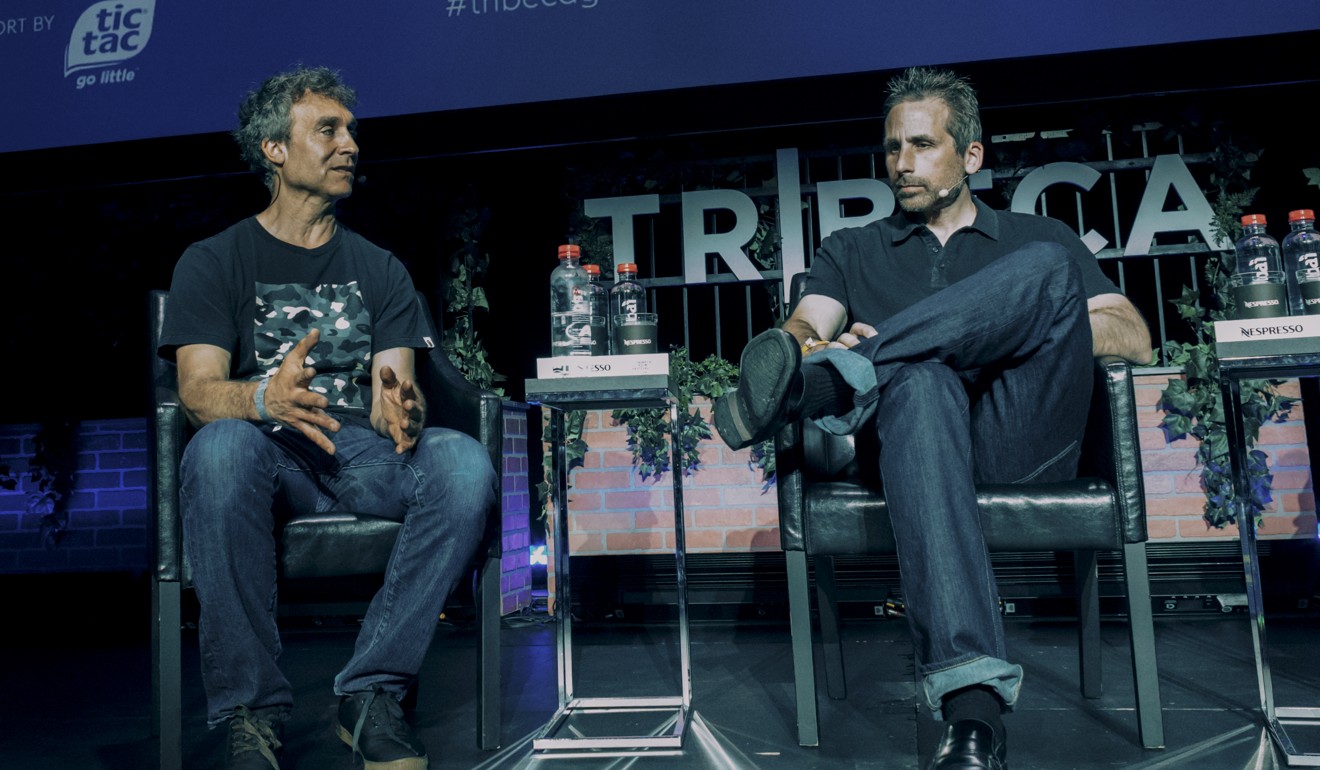
Developers at the festival expressed a desire for their games to evolve past puzzle solving and action engagement to tell film-like stories. They want their games to have more meaning and deeper characters and perhaps, in the case of Firewatch designer Sean Vanaman, even social commentary.
The question is: how?
When it comes to storytelling, games and films cannot be more different in their approach, according to games developers like Sam Lake (Max Payne, Quantum Break) and filmmakers like Doug Liman (Edge of Tomorrow).

They point out that in gaming, the player is in control of the story, while in films, the director leads viewers through the plot and tells them what is happening.
Armando Troisi, former narrative director at 343 Industries, which currently oversees the Halo series of video games, pointed out the difference between games and films in a trailer for Halo 5 that screened at the conference.
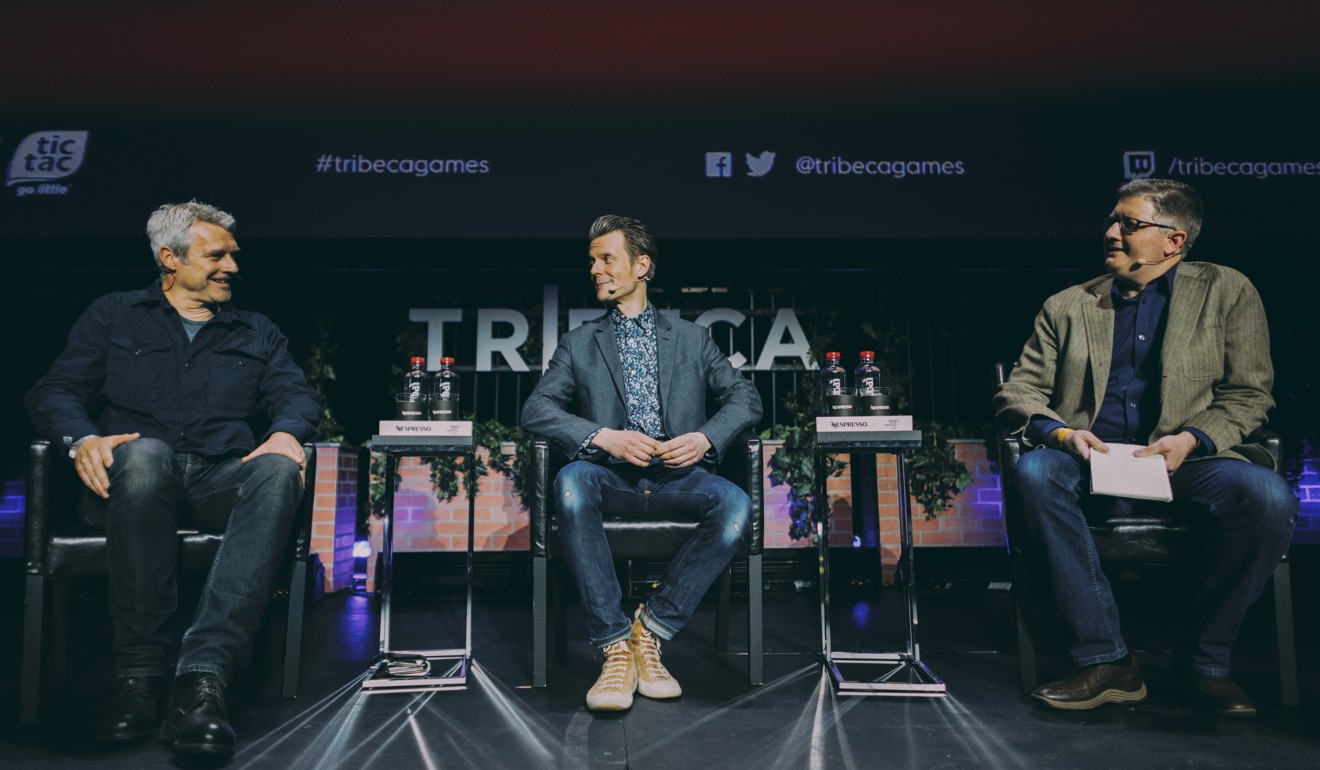
“Film is like, I’m going to create something, I’m going to polish it, I’m going to own it, and I’m going to share it with you. That’s very different from games storytelling, which is that, I’m going to give you all of the tools, I’m going to give you all of the possibilities, and it’s up to you to discover it,” he says.
Also in the trailer, the Halo team – represented at the festival by Kiki Wolfkill, executive producer at 343 Industries – explained that Halo 5’s story encourages players to consider whether being a hero is worth the sacrifices that need to be made, adding that much effort was put into bringing more emotions to the game’s gruff protagonist, Master Chief.
Star Trek: Bridge Crew – four-player VR game boldly goes where no game has gone before
Jonathan Morin, a creative director at video game publisher Ubisoft, noted in a separate panel discussion that the characterisation in last year’s third-person shooter Watch Dogs 2 had been extended by the inclusion of character biographies.
But Wolfkill also explained that in a game, you have to leave the main character incomplete, as there has to be room for the player to inhabit it.
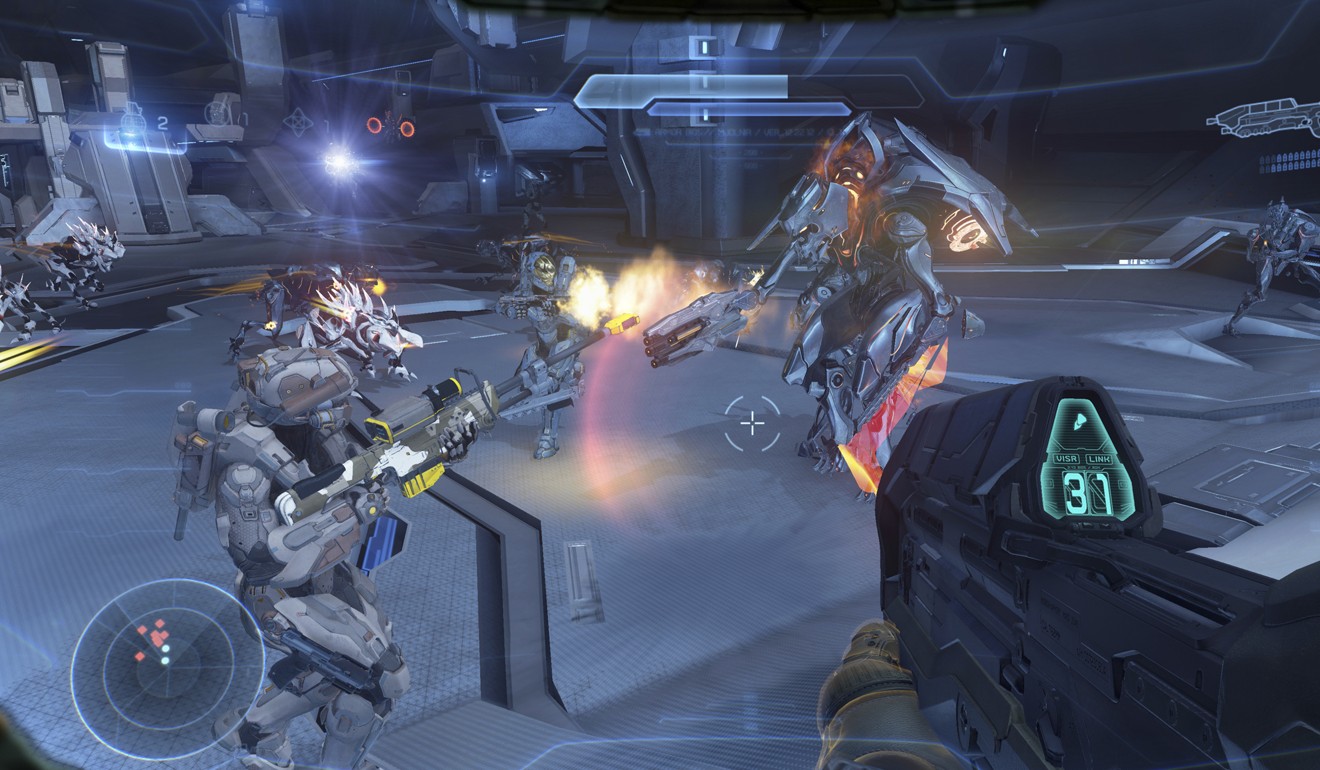
The general consensus was that stories and characters in games have a way to go before they come close to those of films – especially as a lot of players just want to shoot things.
One way of addressing the problem of interactive storytelling is to change the model and approach it from a different angle, said Sam Lake, who wrote the stories and scripts for 2001’s Max Payne and 2003’s Max Payne 2: The Fall of Max Payne.
Lake said that the location of a story is something that can be made more concrete in a game than in a film. He added that the way a location is designed affects the way that players interact with the game, and consequently how they feel.
Film review – Warcraft: The Beginning a laboured, sub-Lord of the Rings tale of Orcs and men
“What you can create in a game is places,” he says, noting Max Payne’s brooding, sunless vision of New York. “The world you create is a big part of the story.”
Neil Burger, director of the science-fiction film Divergent, who shared a keynote discussion with Lake, voiced a similar view. “In a game it doesn’t matter if you’re not telling a story. The world is affecting players on a physical level, it’s having an effect, and that effect could be as powerful as a story,” he said.

Leonard, whose film The Lawnmower Man introduced many to the idea of virtual reality in 1992, thinks that the entertainment of the future – be it games or VR or some kind of hybrid – will feature less “telling” and more “being”, providing an alternative space for a kind of self-exploration.
How does the creator convey ideas in a 3D environment? That’s what we are all talking about now, and it’s exciting
“Cinematic language is not what the virtual experience is about,” Leonard said. “I started looking back in time, right back to pre-technological societies, and I found that the structure of tribal ritual connects more to the virtual experience than the structure of cinema. With shamanistic guidance, you enter a subliminal state. When you come back from that, you incorporate that experience back into reality.
“We have to create a medium that has some magicality, some profound structures, to achieve this with VR.”
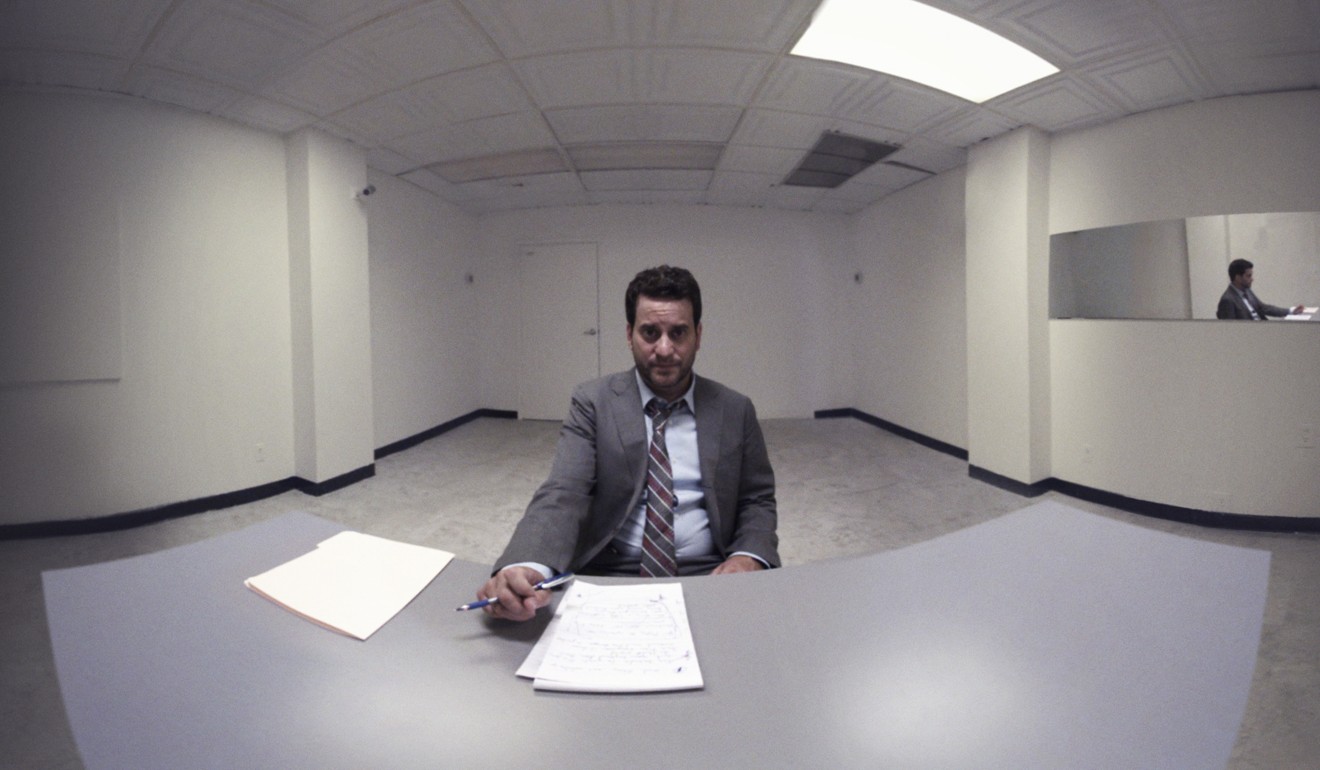
If his legions of fans are anything to go by, games creator Hideo Kojima has already done just that. Throughout his classic 11-game Metal Gear series, Kojima, a legend among gamers, included cut-in cinematic scenes and philosophical ideas.
Kojima, who cites Taxi Driver as his favourite film, has described himself as “30 per cent water, 70 per cent movies”, and has often mentioned the wide-ranging influences of films on his game work. But he has also talked about the difficulty, perhaps impossibility, of telling deeply meaningful stories in an interactive medium such as gaming.
“In a game, I always want to know the character’s background,” he said. “I want to know the character’s motivation, and that usually means using a monologue to present it. But there must be different methods to express character in a game, as the current methods may not be the best methods.”
Creepy new video game by legendary Japanese designer will feature Hollywood heavyweights
VR brings additional challenges for storytelling, Kojima noted, as there is no frame to focus the player’s attention where the games designer or film director wants it.
“Even first-person shooter games have a frame,” he said. “But when it comes to VR and augmented reality, you lose the frame. So you have to try to present the information in a different way. How does the creator convey ideas in a 3D environment? That’s what we are all talking about now, and it’s exciting. But storytelling becomes very difficult at this point.”
According to Loren Hammonds, programmer (film and immersive) for the festival, VR and 360-degree cinema has moved forward since last year.
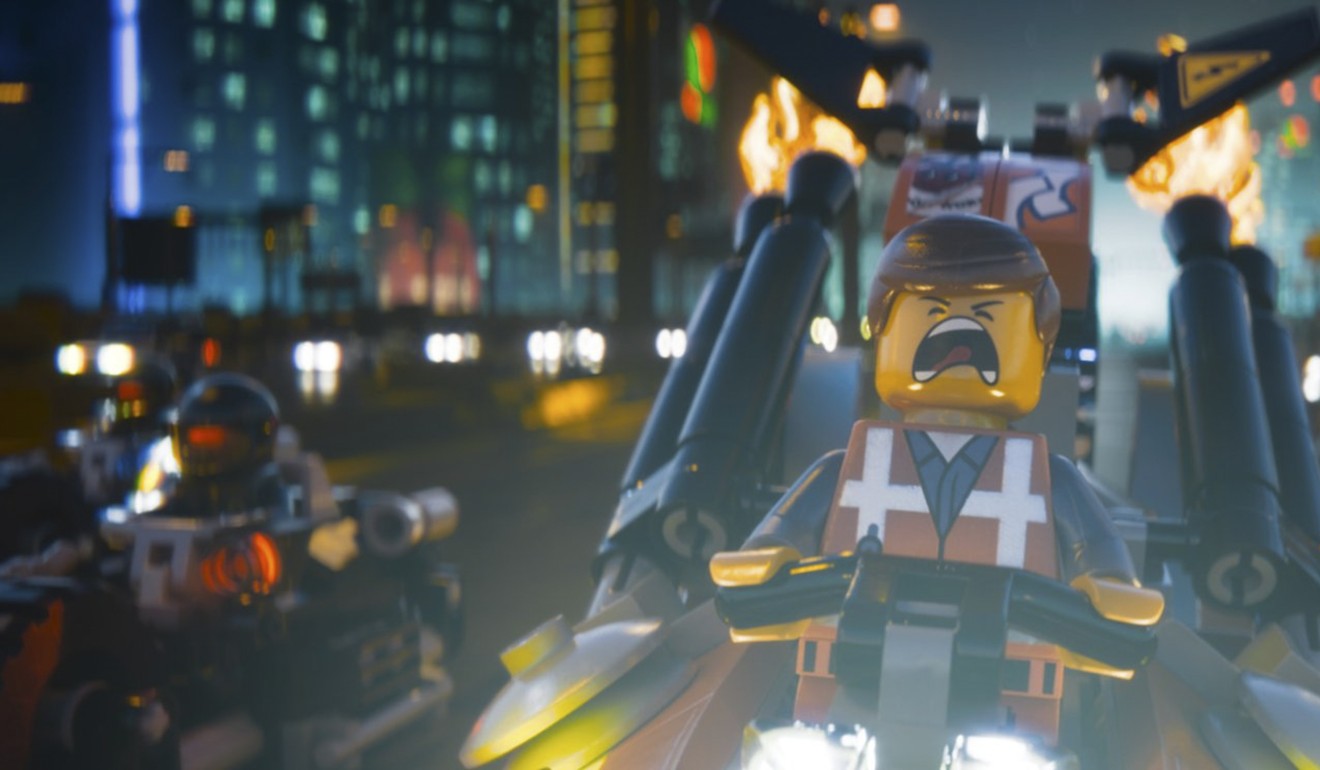
“The 360 cinema creators are becoming more innovative in their storytelling techniques, particularly in narrative. From the smart simplicity of Sergeant James as a POV thriller centred on something mysterious under a child’s bed, to the branching narratives of Broken Night, these are concepts that can only be achieved effectively through the use of 360,” he said.
“This year we had many pieces that incorporated haptics [controller vibrations] in new and exciting ways, extrasensory elements like scent, and even live-motion-captured actors in Draw Me Close. It’s a very exciting time for experimentation with interactivity.”
